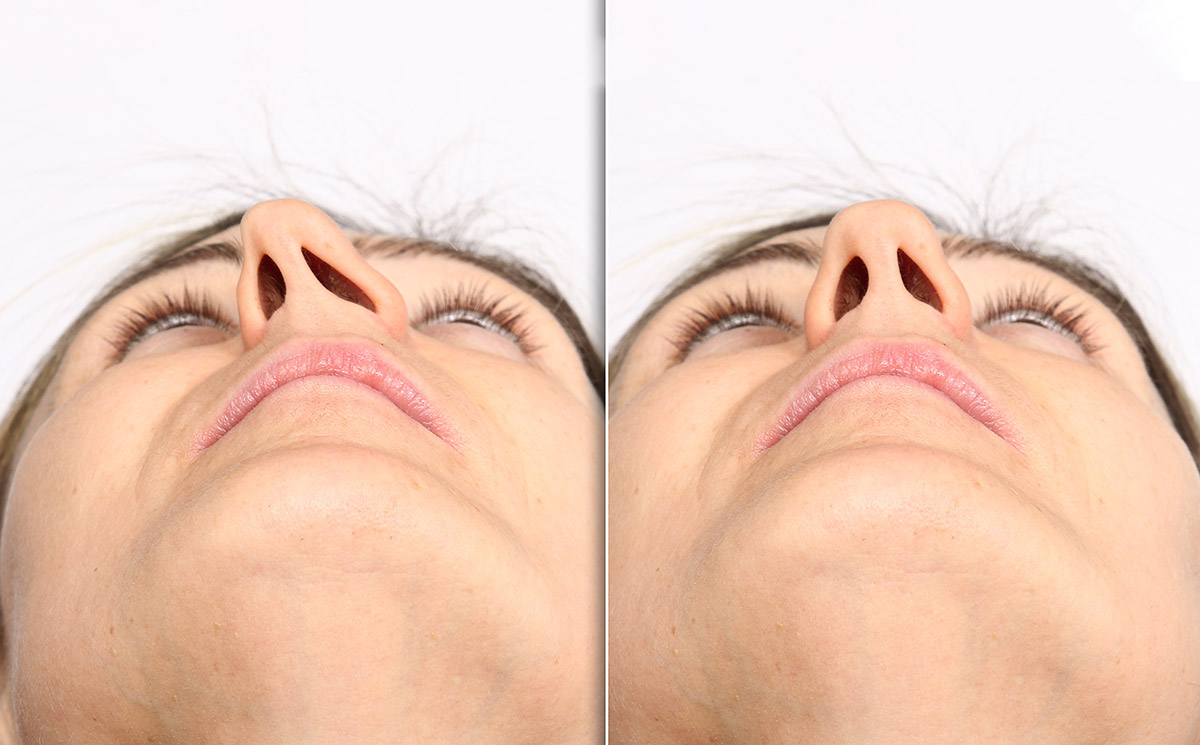A Guide to Selecting the Perfect Bodify Body Sculpting Treatment
Body sculpting treatments have become increasingly popular for those looking to enhance their appearance without surgery. But how do you choose the right Bodify treatment for your unique needs? In this guide, we’ll break down the different Bodify Coolsculpting treatments and offer tips on how to choose the best option for your body.
Understanding Bodify Body Sculpting
Bodify body sculpting refers to non-invasive or minimally invasive treatments designed to contour and shape the body. These treatments focus on reducing fat in targeted areas, offering a toned and contoured look without surgery.
Bodify features a variety of body sculpting treatments, each designed for specific fat reduction and body contouring goals. Whether you’re looking to target the abdomen, thighs, arms, or back, Bodify has a treatment that can work for you.
What Are Your Body Sculpting Goals?
The first step in choosing the right Bodify treatment is defining your personal body sculpting goals. Is your goal to reduce unwanted fat, improve skin elasticity, or enhance your overall body shape?
Once you’ve defined your body goals, you’ll be better equipped to choose the most appropriate treatment. For those who want to reduce fat in specific areas, Coolsculpting may be the best choice. However, if muscle toning and body definition are your goals, CoolTone might be a better option.
Why CoolSculpting is Perfect for Fat Loss
CoolSculpting is one of the most popular non-invasive fat reduction treatments offered by Bodify. CoolSculpting uses cryolipolysis, a process that freezes fat cells, allowing the body to naturally dispose of them.
CoolSculpting is particularly effective for individuals looking to reduce fat in specific areas like the abdomen, thighs, flanks, and arms. A key advantage of CoolSculpting is that it’s non-invasive, with no need for recovery time, making it a convenient option.
CoolTone for Muscle Definition
CoolTone is another innovative treatment offered by Bodify, specifically designed to improve muscle tone and definition. CoolTone uses magnetic energy to stimulate muscle contractions, helping to build muscle and improve overall body tone.
If you’re aiming for a more toned look in your abdomen, thighs, or buttocks, CoolTone may be the ideal solution. CoolTone also offers the benefit of being non-invasive, with no need for recovery time after treatment.
The Importance of a Professional Consultation
A professional consultation is essential to determine the best Bodify treatment for your needs. The consultation allows a trained professional to assess your body and provide personalized recommendations based on your goals.
By having a consultation, you’ll be able to choose the most effective treatment plan for your goals. Whether you need fat reduction, muscle toning, or both, a consultation will help guide you in the right direction.
Conclusion
To choose the ideal Bodify body sculpting treatment, it’s important to identify your body goals and consult a professional for personalized guidance. Whether you’re looking to reduce fat with CoolSculpting or tone muscles with CoolTone, Bodify offers a range of treatments to help you achieve your desired look.
By considering your goals and working with a certified specialist, you can confidently choose the right treatment to meet your needs and achieve the body of your dreams.
